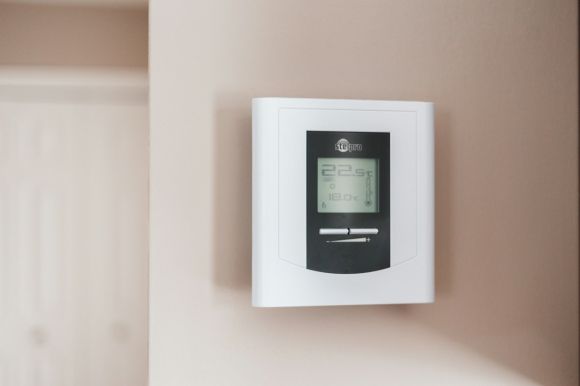Underfloor heating systems have become increasingly popular in modern homes, providing a comfortable and efficient way to heat living spaces. When installing underfloor heating, one crucial consideration is the type of flooring that will be laid on top. Not all flooring materials are suitable for use with underfloor heating systems, as some can hinder heat transfer or even become damaged. In this article, we will explore the best flooring options for underfloor heating systems, ensuring that you make an informed decision for your home.
1. Tile Flooring
Tile flooring, such as ceramic or porcelain tiles, is commonly used with underfloor heating systems. Tiles have excellent heat transfer properties, allowing the heat to radiate evenly across the surface. Additionally, tiles can retain heat well, ensuring that your floors stay warm even after the heating system has been turned off. It is essential to use a flexible adhesive when installing tiles over underfloor heating, as this will accommodate any expansion or contraction that may occur due to temperature changes.
2. Engineered Wood Flooring
Engineered wood flooring is another suitable option for underfloor heating systems. Unlike solid wood, engineered wood is more stable and less prone to warping or shrinking when exposed to heat. It consists of multiple layers of wood, with a top layer of real hardwood. The layers beneath provide added stability and prevent the flooring from expanding or contracting excessively. Engineered wood flooring allows for efficient heat transfer while maintaining its structural integrity.
3. Laminate Flooring
Laminate flooring is a cost-effective alternative to hardwood or tile flooring and can also be used with underfloor heating systems. Laminate boards are made of composite materials, typically consisting of a high-density fiberboard core with a printed image of wood or stone on top. It is essential to choose laminate flooring specifically designed for use with underfloor heating, as some types may not be suitable. Laminate flooring offers good heat conductivity and can create a warm and cozy ambiance in your home.
4. Vinyl Flooring
Vinyl flooring is a versatile and durable option that is compatible with underfloor heating systems. It is available in various designs, including wood and stone imitations, offering a wide range of aesthetic options. Vinyl is an excellent conductor of heat, allowing for efficient heat distribution throughout the room. It is also resilient and easy to clean, making it a popular choice for kitchens and bathrooms.
5. Natural Stone Flooring
Natural stone, such as marble or granite, is an excellent choice for underfloor heating systems. Stone has excellent thermal conductivity, ensuring that the heat from the underfloor system is efficiently transferred to the surface. It can retain heat well, providing long-lasting warmth. However, it is crucial to ensure that the stone flooring is properly sealed, as some types of stone can be susceptible to water damage.
In conclusion, when it comes to choosing flooring for underfloor heating systems, it is essential to select materials that allow for efficient heat transfer and can withstand temperature changes. Tile flooring, engineered wood flooring, laminate flooring, vinyl flooring, and natural stone flooring are all excellent options that can complement the benefits of underfloor heating. Each material offers unique features and aesthetics, allowing you to find the perfect flooring solution for your home. Remember to consult with a professional to ensure that the chosen flooring material is compatible with your underfloor heating system and installation requirements.






